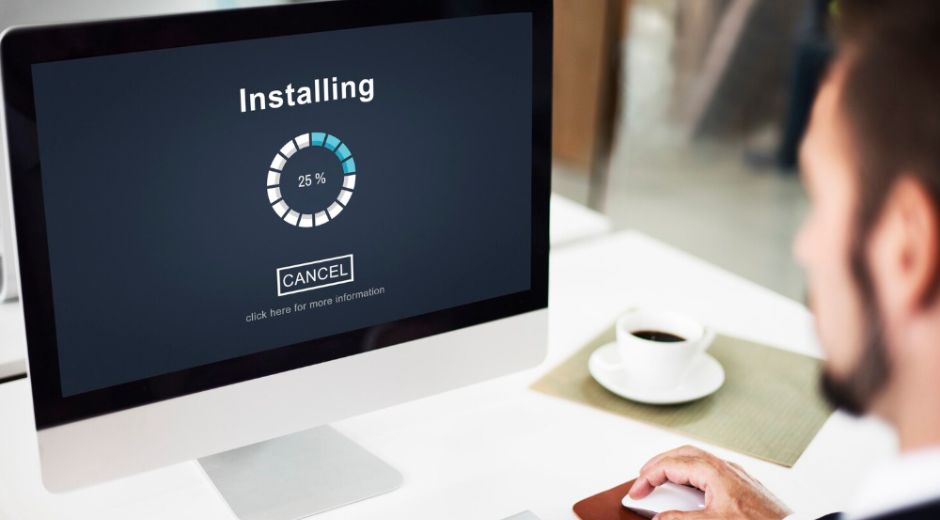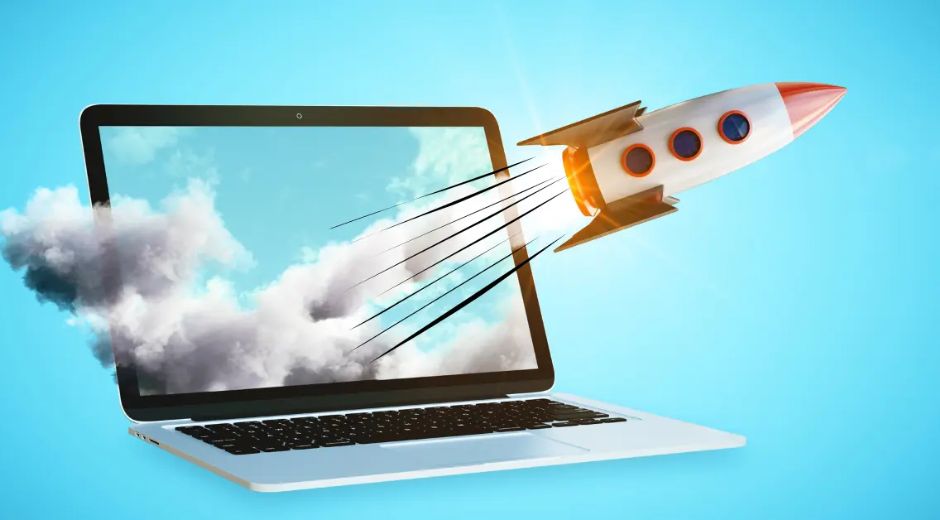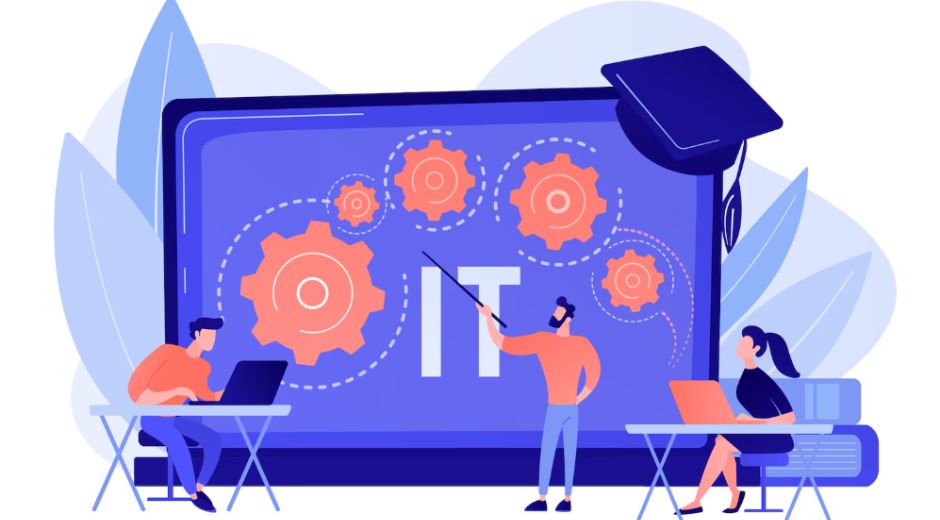Step-by-Step Guide to PC Optimizing for Maximum Performance
Step-by-Step Guide to PC Optimizing for Maximum Performance
Step-by-Step Guide to PC Optimizing for Maximum Performance
A fast, responsive PC isn’t just convenient—it’s essential for productivity, gaming, and everyday computing. With regular use, systems accumulate clutter, software conflicts, and background processes that slow performance. That’s why PC optimizing is crucial for keeping your machine running at its best.
In this guide, we’ll walk you through actionable steps to maximize your PC’s speed, stability, and efficiency in 2025, covering everything from basic maintenance to advanced optimization techniques.
1. Why PC Optimizing Matters
Optimizing your PC isn’t just about speed—it also extends hardware life and prevents costly downtime. Key benefits of proper PC optimizing include:
Improved Speed: Faster boot times, quicker file access, and smoother multitasking.
Enhanced Stability: Fewer crashes, errors, and freezes.
Better Security: Removing unnecessary software and updating drivers reduces vulnerabilities.
Energy Efficiency: Optimized PCs consume less power, saving on electricity and prolonging battery life for laptops.
Studies show that routine maintenance can increase system performance by up to 30%, making optimization an essential practice for both casual and power users.
2. Step 1: Clean Up Your Hard Drive
One of the easiest ways to improve PC performance is by decluttering your storage:
Delete Unnecessary Files: Remove old downloads, duplicates, and temporary files.
Uninstall Unused Programs: Free up resources by removing software you no longer use.
Disk Cleanup Tools: Use built-in utilities like Windows Disk Cleanup or third-party apps for deeper cleaning.
Organize Data: Move large files to external drives or cloud storage.
A lean hard drive reduces system strain and improves load times.
3. Step 2: Manage Startup Programs
Too many programs launching at startup can slow boot times significantly. To optimize:
Open Task Manager (Ctrl + Shift + Esc) > Startup tab.
Disable unnecessary applications that don’t need to run immediately.
Keep essential software like antivirus or cloud sync tools enabled.
Controlling startup apps ensures your PC is ready for use quickly after powering on.
4. Step 3: Update Software and Drivers
Outdated software or drivers can cause conflicts, slow performance, or security risks. Best practices include:
Operating System Updates: Regularly install Windows or macOS updates.
Driver Updates: Use Device Manager or manufacturer websites to update graphics, chipset, and peripheral drivers.
Software Patches: Keep programs like browsers, antivirus, and productivity apps current.
A fully updated system runs more smoothly and is less prone to crashes or vulnerabilities.
5. Step 4: Optimize System Settings
Tweaking system settings can yield noticeable performance gains:
Visual Effects: Reduce or disable animations, transparency, and shadows in Windows for faster response.
Power Settings: Switch to High-Performance mode for desktops; balanced mode for laptops if battery life is important.
Virtual Memory: Adjust pagefile settings to enhance memory management.
These changes free up system resources for critical tasks.
6. Step 5: Perform Regular Maintenance
Routine maintenance keeps your PC running efficiently:
Disk Defragmentation (HDDs only): Reorganizes fragmented files for faster access.
SSD Health Monitoring: Use tools like CrystalDiskInfo to track wear and optimize performance.
Registry Cleaning: Carefully remove obsolete entries (with caution and backups).
Malware Scans: Regularly scan for viruses, spyware, and adware.
Consistency is key—set reminders to perform these tasks weekly or monthly.
7. Step 6: Optimize for Gaming and High-Performance Tasks
Gamers, designers, and developers can benefit from advanced optimization:
Graphics Settings: Adjust in-game settings or use GPU control panels to balance performance and visuals.
Background Processes: Close unnecessary apps before launching resource-heavy software.
Overclocking: Safely increase CPU or GPU clock speeds for maximum output (advanced users only).
Cooling Management: Ensure fans, thermal paste, and airflow are optimized to prevent throttling.
These measures help extract maximum performance from your hardware.
8. Step 7: Upgrade Hardware if Needed
Sometimes, software optimization isn’t enough. Consider hardware upgrades:
RAM Upgrade: More memory improves multitasking and reduces swapping.
SSD Installation: Replacing an HDD with an SSD dramatically improves boot and load times.
GPU Upgrade: Essential for gaming, video editing, or 3D rendering.
CPU Enhancements: Upgrading the processor increases overall computational power.
Hardware upgrades, combined with optimization, provide the best long-term results.
9. Step 8: Use Optimization Tools and Software
Immersive technology is expanding entert
Several tools make PC optimizing easier:
CCleaner: Cleans temporary files and manages startup apps.
Glary Utilities: Offers multiple optimization and maintenance features.
Advanced SystemCare: Combines cleanup, security, and performance enhancements.
Built-in Windows Tools: Disk Cleanup, Task Manager, and Performance Monitor.
Choose tools from reputable sources and always back up data before performing major operations.
ainment and productivity:
VR Headsets: Devices like Oculus Quest enable immersive gaming and virtual travel experiences.
AR Glasses: Enhance real-world activities with overlays, like navigation and interactive instructions.
Remote Collaboration: VR and AR platforms allow global teams to interact virtually in 3D environments.
AR and VR represent innovative gadgets that redefine entertainment, education, and collaboration.
10. Tips for Maintaining Maximum Performance
Regular Backups: Protect data with cloud storage or external drives.
Minimal Background Apps: Run only essential software to save system resources.
Monitor Performance: Track CPU, RAM, and disk usage with Task Manager or third-party apps.
Stay Updated: Always apply patches, updates, and firmware upgrades.
Clean Physical Components: Dust and overheating can slow hardware—clean fans and vents regularly.
Following these practices ensures your PC remains fast and reliable over time.
Conclusion
PC optimizing is essential for maintaining speed, stability, and reliability. By cleaning storage, managing startup apps, updating software, adjusting settings, performing regular maintenance, and upgrading hardware when necessary, you can unlock maximum performance from your machine.
Whether you’re a casual user, gamer, or professional, a well-optimized PC improves productivity, enhances the user experience, and prolongs the life of your device. Start implementing these strategies today and enjoy a faster, smoother computing experience.
Innovate Empower Elevate
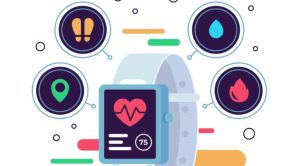
Wearable Health Tech: Innovations Transforming Personal Wellness This Year
Wearable Health Tech is transforming personal wellness, enabling real-time health monitoring, improved fitness tracking, and proactive medical insights. Learn about the latest devices and trends shaping the industry.

AI Governance: Shaping the Future of Ethical Technology
AI Governance is critical in regulating artificial intelligence to ensure ethical standards, transparency, and accountability. Learn how emerging policies and frameworks are shaping the responsible development of AI

Step-by-Step Guide to PC Optimizing for Maximum Performance
Learn how to optimize your PC for maximum speed, stability, and efficiency. Follow this step-by-step guide to boost performance in 2025.

Top Productivity Apps of 2025 to Supercharge Your Workflow
Learn which productivity apps in 2025 can help you stay organized, manage tasks, and supercharge your workflow.

Innovative Gadgets & Devices That Are Changing Daily Life
Discover the most impactful innovative gadgets changing homes, work, health, and entertainment in 2025.

Top 10 Tech News & Trends Shaping the Industry This Year
Stay updated with the latest tech trends and innovations impacting industries, consumer products, and global technology in 2025.

From Setup to Success: Practical Tips You Can Use Today
Master practical tips for success in 2025. From goal setting and organization to automation and well-being, learn how to turn setup into tangible results.

Easy SBC – Instant Link‑Up: The One‑Tap App for SBC’s
Easy SBC simplifies SBC management with one-tap connectivity, automation, and cross-platform support. Learn why it’s a must-have tool for hobbyists, developers, and educators.
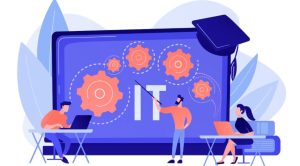
4 Essential Tech Skills You Can Learn This Month
Discover 4 essential tech skills you can learn in one month. Master coding, data analysis, cybersecurity, and cloud computing to boost your career and stay competitive.
